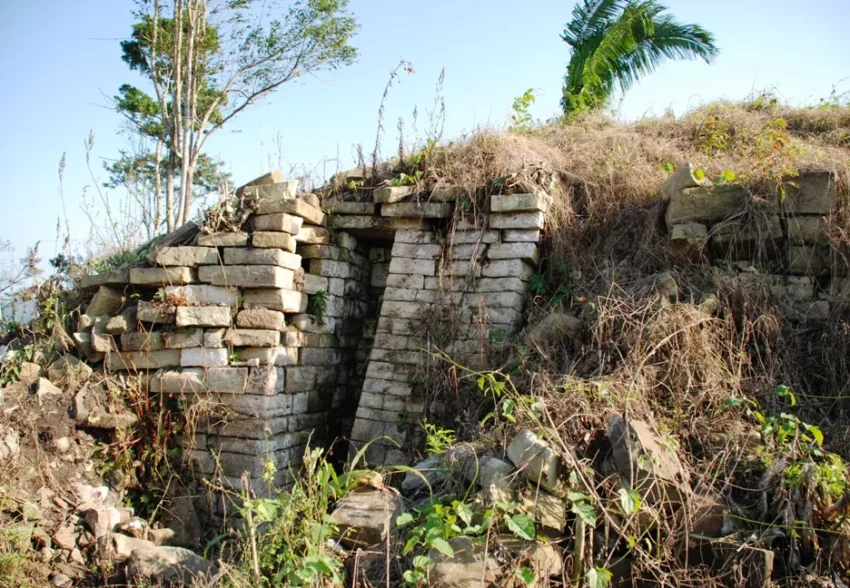Introduction to Uxbenka: A Pre-Columbian Maya Polity
Uxbenka, also known as Uxbenká in Spanish orthography, stands as a significant pre-Columbian Mesoamerican archaeological site located in the Toledo district of Belize. This site represents the earliest-known Maya polity in the southern Belizean lowlands, with its origins tracing back to the Early Classic period of Mesoamerican chronology, approximately between 250 and 500 AD. Uxbenka, alongside other major Maya sites such as Nim Li Punit and Lubaantun, forms part of the rich archaeological landscape of southern Belize. The settlement of Uxbenka is believed to have been initiated by peoples from the Peten region, marking a significant phase in the expansion of Maya civilization.
Get your dose of History via Email
Settlement Patterns at Uxbenka
The residential areas of Uxbenka were notably dispersed around the site, covering an area of approximately 40 square kilometers. LiDAR imaging has revealed that the inhabitants of Uxbenka ingeniously utilized and modified the hilltops for both public and residential structures, with the residential settlements extending about 3 kilometers from the site’s core. The core of Uxbenka is distinguished by two large public structures, indicating its importance as a medium-sized Maya polity.
Stelae of Uxbenka: Windows into the Past
Uxbenka is home to thirteen stelae, stone slabs used by the ancient Maya to record political history. These stelae, although mostly weathered and some displaced, provide invaluable insights into the site’s historical timeline and cultural practices. Only two of these stelae remain standing today, with the rest having fallen or been moved from their original locations. Despite the natural weathering, some of the stelae at Uxbenka still bear legible inscriptions that have been crucial in dating the site’s occupation from the Early Classic to the Late Classic period.
Notable Stelae at Uxbenka
- Stela 5 and 6: These stelae, found near Structure 1, have suffered significant deterioration. Stela 6, in particular, has glyphs dating to the Late Classic period, including a reference to “Hanab Pakal” or “flower shield.”
- Stela 11: Discovered in three pieces, this stela contains readable glyphs, including a long count date and iconography consistent with Early Classic period styles.
- Stela 14: The tallest monument at Uxbenka, though most of its inscriptions have eroded, faint outlines of a Late Classic-style witz monster can still be observed.
- Stela 15 and 19: These stelae provide clear long count dates, with Stela 15 dating to November 28, 780 AD, and Stela 19 to around AD 782, offering precise chronological markers for Uxbenka’s history.
- Stela 21 and 22: Both stelae feature severely eroded glyphs, with Stela 21 depicting an Early Classic ruler, and Stela 22 suggesting a possible date of AD 751.
Agriculture and Sustainability
The soils surrounding Uxbenka are rich in nutrients, making the area highly suitable for agriculture. The ancient inhabitants employed slash-and-burn and milpa techniques, alongside innovative soil management strategies such as terracing. These agricultural practices highlight the Maya’s advanced understanding of their environment and their ability to sustainably manage their resources.
Conclusion
Uxbenka serves as a testament to the ingenuity and resilience of the Maya civilization in the southern Belizean lowlands. Through its dispersed settlement patterns, the remarkable stelae, and sustainable agricultural practices, Uxbenka offers a unique glimpse into the Early to Late Classic period of Maya history. The ongoing study of this site continues to enrich our understanding of pre-Columbian Mesoamerican cultures and their complex societies.

